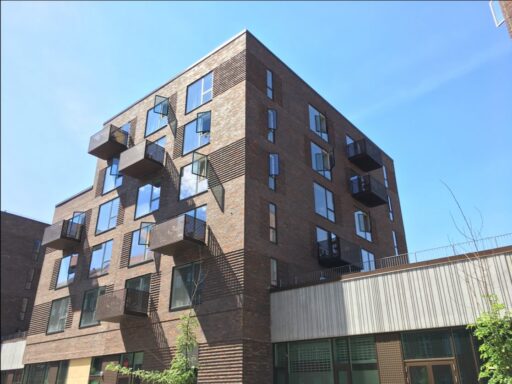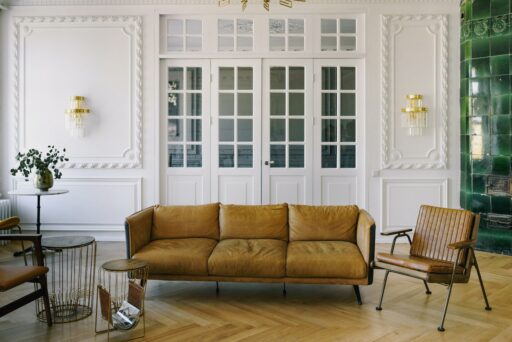Wooden panels have stood the test of time as a classic interior design element, adding warmth, elegance, and a touch of nature to spaces. From traditional to modern settings, these panels remain a timeless choice for interior decor enthusiasts seeking both style and functionality.
Defining Wooden Panels
The versatility of a wooden panel lies in its ability to blend seamlessly with various design styles. Crafted from different wood types such as oak, pine, walnut, or mahogany, these panels offer a spectrum of textures and colors to suit diverse preferences. Whether adorning walls, ceilings, or even furniture, they bring a natural charm that captivates.
The Aesthetic Appeal
One of the foremost attractions of wooden panels is their aesthetic appeal. Their rustic allure adds character to any space, infusing it with a sense of coziness and sophistication. The natural grains and patterns of wood create a unique visual interest that complements both contemporary and traditional interiors.
Functionality and Durability
Beyond their visual appeal, wooden panels offer practical advantages. They act as effective insulators, providing better temperature regulation and soundproofing. Additionally, their durability ensures longevity, making them a sustainable choice for interior design that can withstand the test of time.
Versatility in Design
Wooden panels offer a canvas for creativity. They can be installed in various patterns—vertical, horizontal, chevron, or herringbone—to add depth and dimension to a room. Furthermore, they can be stained, painted, or left natural, allowing for customization to match any design scheme.
Applications in Diverse Settings
From residential homes to commercial spaces, the versatility of wooden panels knows no bounds. In homes, they create cozy living rooms, rustic kitchens, or even luxurious bedrooms. In commercial settings, they elevate the ambiance of restaurants, offices, or hotels, leaving a lasting impression on visitors.
Maintenance and Sustainability
Maintaining wooden panels is relatively simple. Regular dusting and occasional polishing can retain their luster for years. Moreover, wood is a renewable resource, contributing to sustainability in interior design—a factor increasingly important in today’s eco-conscious world.
Incorporating Wooden Panels in Your Space
When considering incorporating wooden panels into your interior design, it’s essential to assess the space, lighting, and existing decor. Opt for lighter woods in smaller spaces to create an illusion of openness, while darker woods can add a sense of grandeur to larger areas.
Conclusion: Elevating Spaces with Wooden Panels
In conclusion, wooden panels remain an evergreen choice in interior design, offering a perfect blend of aesthetics, functionality, and sustainability. Their timeless charm and adaptability continue to make them a coveted element for enhancing the beauty of spaces. Whether aiming for a rustic, contemporary, or traditional look, wooden panels effortlessly elevate interiors, making them a valuable investment for any space.
Remember, choosing the right wooden panels and incorporating them thoughtfully can transform a space, infusing it with warmth, character, and a touch of nature’s elegance.
By understanding the nuances of wooden panels and leveraging their inherent beauty, you can redefine the ambiance of your space, creating an environment that exudes sophistication and charm.








